An uninterruptible power supply (UPS), or uninterruptible power source, is an electrical device that provides emergency power to a load when the input power source or main power fails. It can also condition incoming power to prevent sensitive electronic equipment from being damaged by all-too-common sags and surges. Read More…
TDK-Lambda Americas designs and manufactures a wide range of AC-DC and DC-DC power supplies and EMI Filters for Medical, Telecom, Industrial, Datacom, and Test & Measurement applications worldwide. The company has been a major provider of power solutions since 1948. TDK-Lambda is a subsidiary of the TDK Corporation, a leading global electronics company.

Our company offers a variety of standard and custom power supplies. These items are great for a wide range of applications. If you have any special requests then please let our representatives know. If you ever run into any questions or issues then our engineers are available to assist you. There is no project too challenging for our teams! Give us a call today!
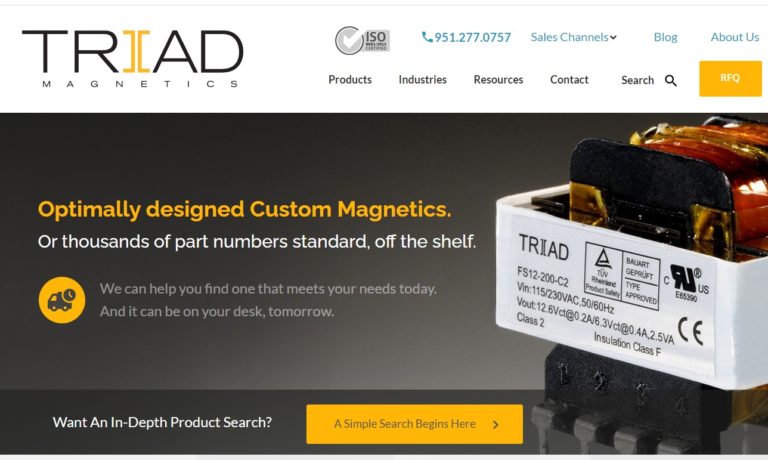
For 4 decades, Acopian Power Supplies has specialized in long lasting power supplies (0 volts – 30000 V). We offer AC power supplies, DC power supplies, AC to DC converters, uninterruptible power supply (UPS), AC to DC power supplies & high voltage power supplies. With quality customer service & technical support, we have thousands of power supplies for thousands of applications.
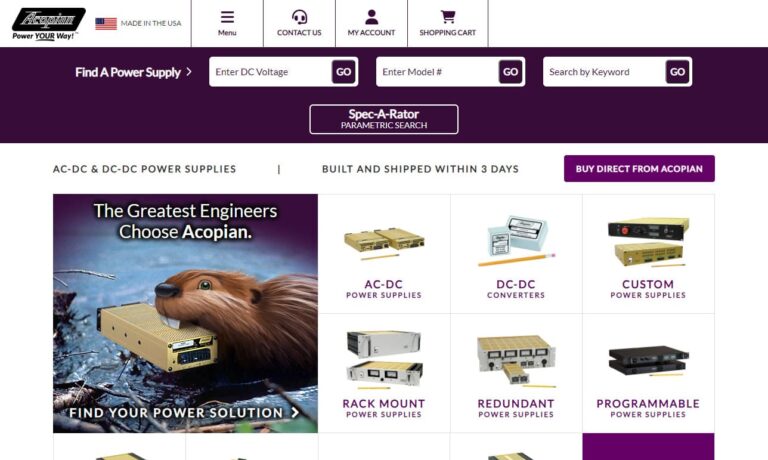
APS are specialists in power conversion and the manufacture of high performance power systems. Products include power converters and inverters; motor drives and brakes; battery chargers; AC and DC power supplies; driver circuits and more. Custom and standard power systems are available.
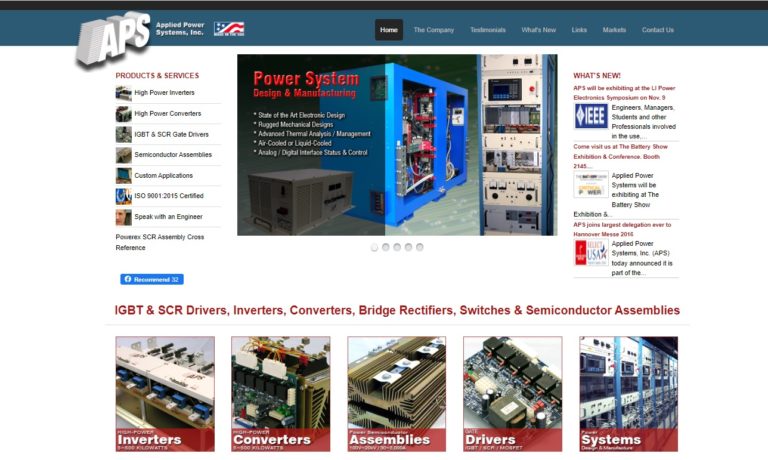
At Quail Electronics, we are your power cord specialists. Our power supplies consist of green dot cords, high voltage cords, North American and international cords, specialty cords, plus adapters, plugs and strips.
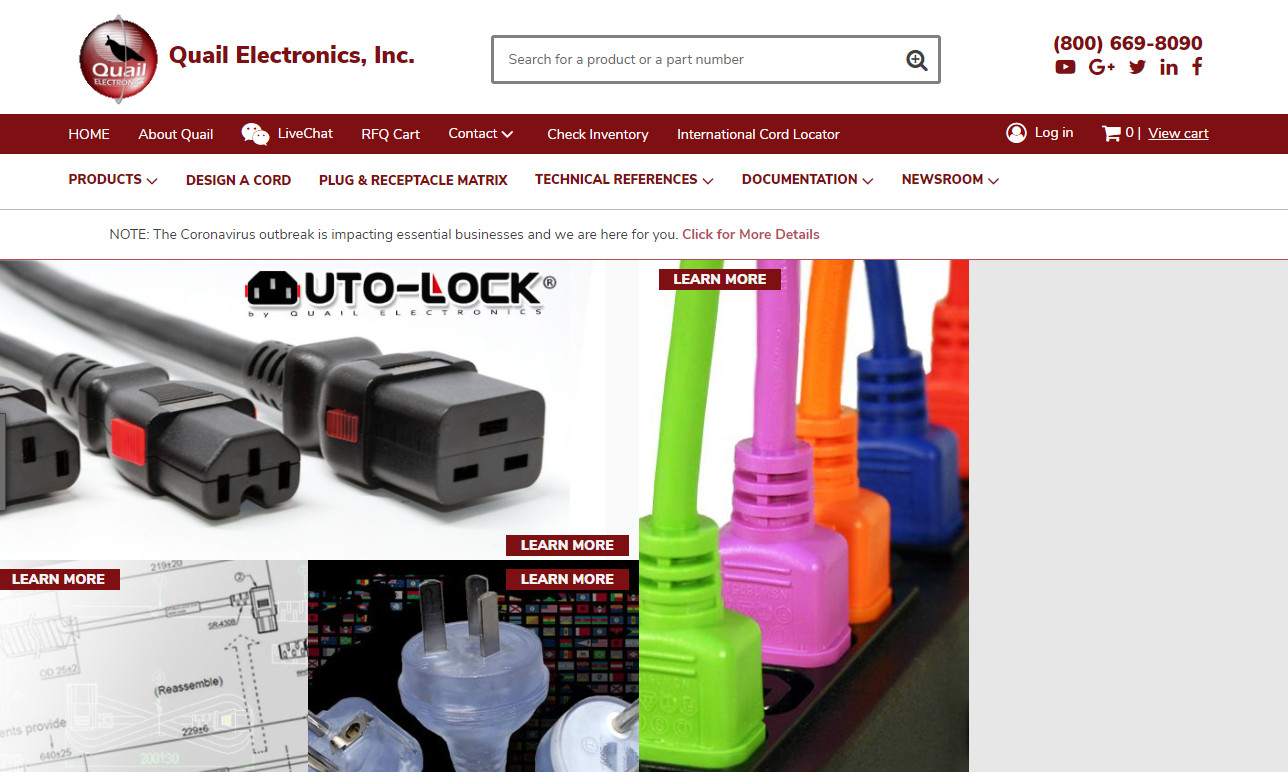
More Uninterruptible Power Supply Manufacturers

Types of Uninterruptible Power Supplies
The types of UPS include:
Single Conversion UPS System
These feed incoming utility AC power to IT devices in regular operation. If the AC input supply goes outside of established limitations, the UPS draws current from the battery and disconnects the AC input supply to prevent backfeed from the inverter to the utility.
The UPS operates on battery power until the AC is back on or the battery runs out of power. Standby and line-interactive are two of the most prevalent single-conversion designs.
Standby UPS
IT equipment can run on grid power until the UPS detects a problem, at which point it switches to battery power. Transformers or other devices are used in some standby UPS designs to offer limited power conditioning.

Line Interactive UPS System
A line interactive UPS has technology that allows it to adjust minor power fluctuations (undervoltages and overvoltages) without having to switch to battery power. An autotransformer in this sort of UPS manages low voltages (e.g., brownouts) and excess voltages (e.g., swells) without the need to switch to batteries.

Double-Conversion UPS System
These gadgets, as their name implies, convert power twice. An input rectifier first converts AC electricity to DC, which is then sent into an output inverter. After that, the output inverter converts the power to AC before transmitting it to IT equipment.
This double-conversion technique isolates important loads from raw utility power, guaranteeing that IT equipment only receives sufficient and consistent power.
A double-conversion UPS continuously processes power twice in normal operation. However, if the AC input supply goes outside of predetermined limitations, the input rectifier turns off, and the output inverter starts drawing power from the battery.
Until the AC input returns to normal tolerances or the battery runs out of power, the UPS continues to operate on battery power. In the event of a severe inverter overload or a rectifier or inverter failure, the static switch bypass circuit is promptly turned on to support the output loads.

Considerations When Choosing a UPS
The considerations when choosing a UPS include:
Topology of UPS
Single-conversion UPSs are more energy-efficient than double-conversion UPSs, but they provide less protection. As a result, they're well-suited to loads with a larger failure tolerance.
Standby UPSs (the most basic type of single conversion UPS) are typically the best option for smaller applications, such as desktop and point-of-sale solutions, whereas line-interactive UPSs are typically the best option for smaller server, storage, and network applications located in facilities with relatively trouble-free AC utility power.
Double-conversion UPSs are less efficient than single-conversion UPSs, but they are the typical choice for protecting mission-critical systems. Although multi-mode UPSs are more expensive than single or double-conversion systems, they are ideal for businesses looking for the finest combination of efficiency and protection.
Three-Phase or Single-Phase
When the utility creates electricity, it does so in three phases. Because commercial and industrial customers are often significant power consumers, this form of power is available to practically all of them.
Three-phase power makes use of three independent "phase" cables to deliver more power to a single point or load. Because most residences are tiny power users, most homeowners only have access to single-phase power.
Single-phase power is delivered via one or two phase wires that are obtained from a three-phase utility power system via transformers.
Single-phase UPSs are a practical and cost-effective solution for simpler, lower-kVA applications, such as those found in the home, small enterprises, and remote or satellite offices with processing capacity of less than 20,000 VA.
Large-kVA applications, which are frequently more sophisticated and have high compute density, are typically better served by three-phase UPSs.
Huge multi-story buildings, data centers, and industrial sites that need to distribute large amounts of power over relatively long distances are typical three-phase UPS customers.
Choosing the Right Uninterruptible Power Supplies Manufacturer
To make sure you have the most beneficial outcome when purchasing Uninterruptible Power Supplies from an Uninterruptible Power Supplies Manufacturer, it is important to compare at least 5 Suppliers using our Uninterruptible Power Supplies directory. Each Uninterruptible Power Supplies Company has a business profile page that highlights their areas of experience and capabilities and a contact form to directly communicate with the manufacturer for more information or request a quote. Review each Uninterruptible Power Supplies business website using our proprietary website previewer to get an idea of what each company specializes in, and then use our simple RFQ form to contact multiple Uninterruptible Power Supplies companies with the same message.





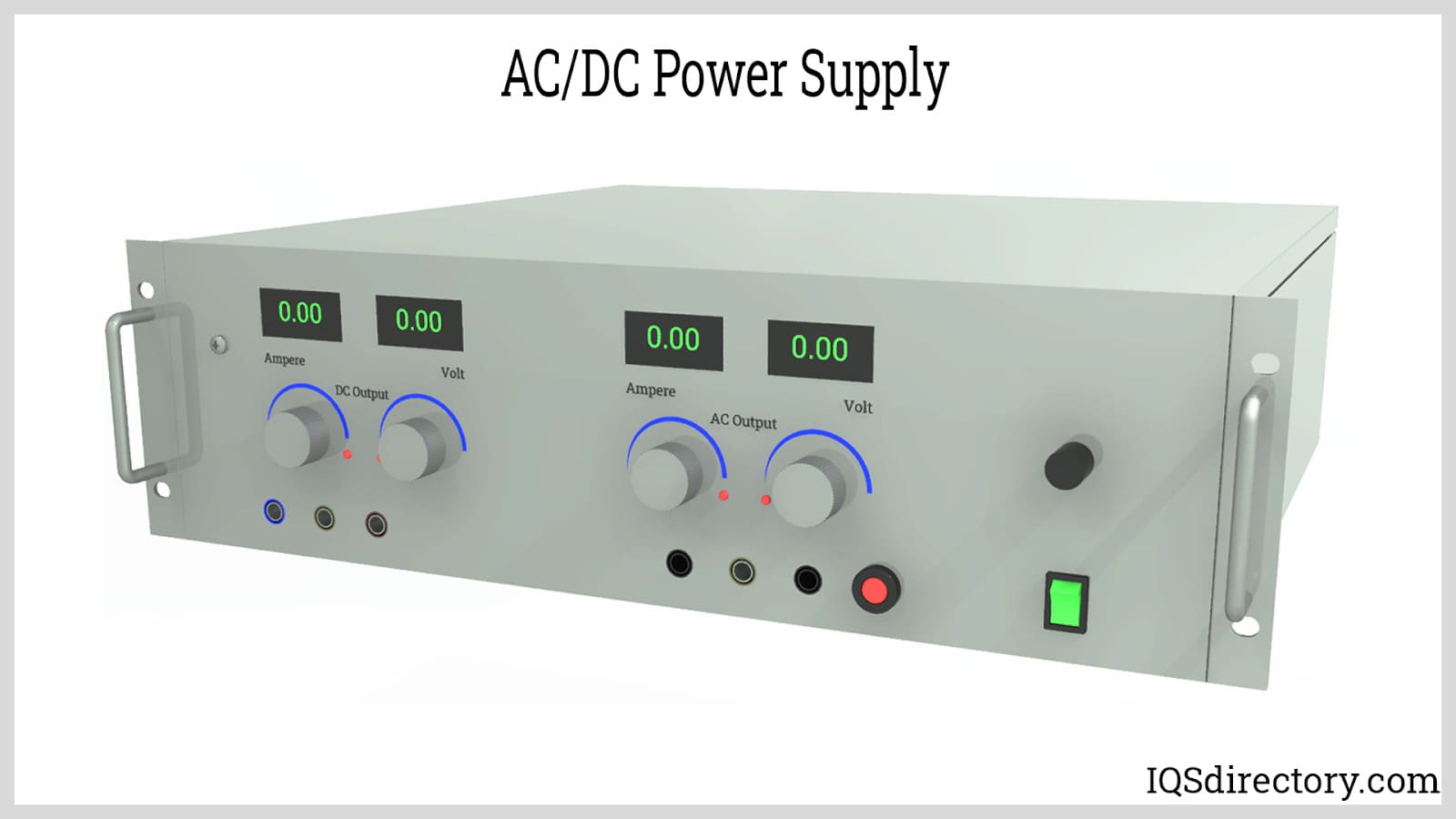
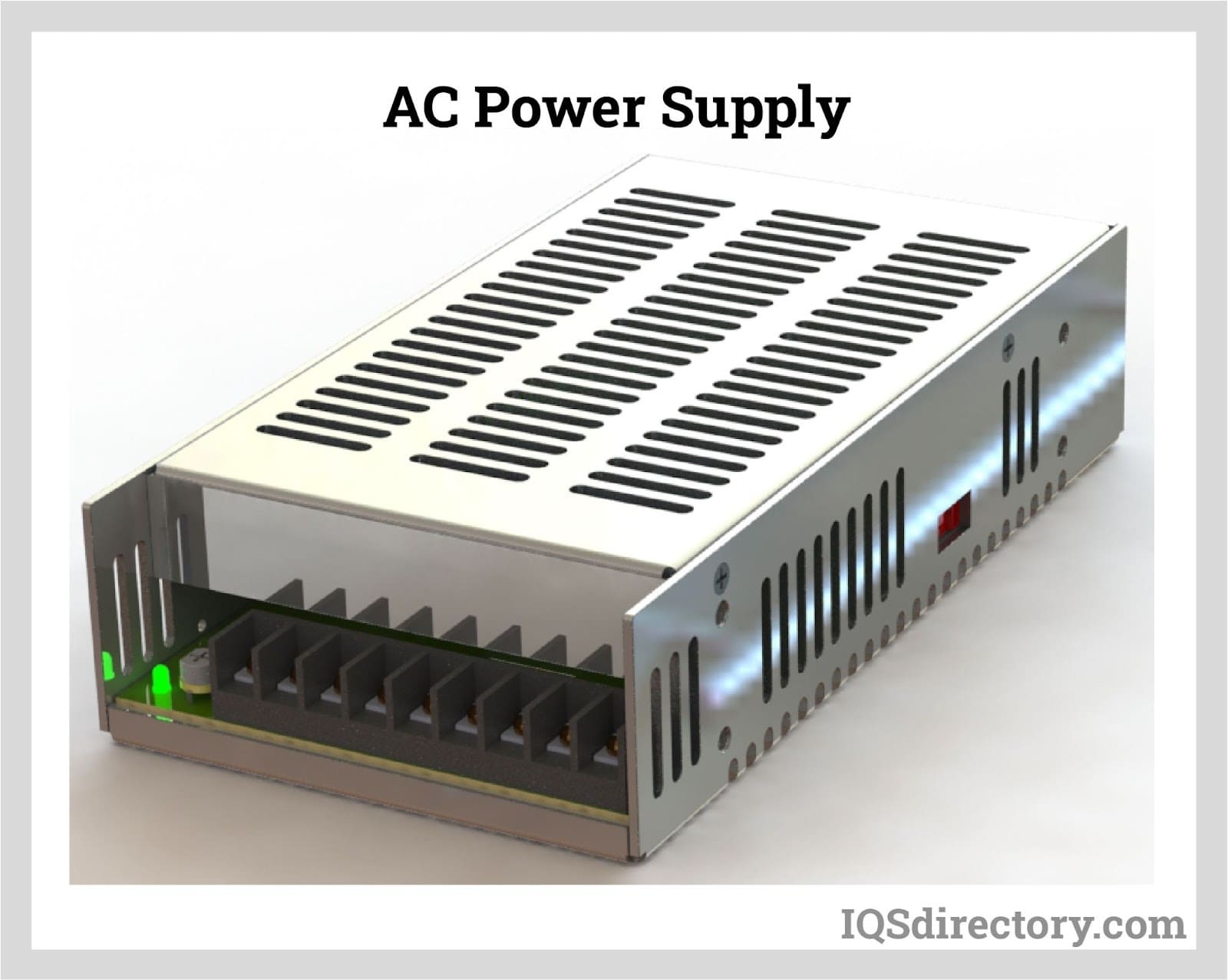
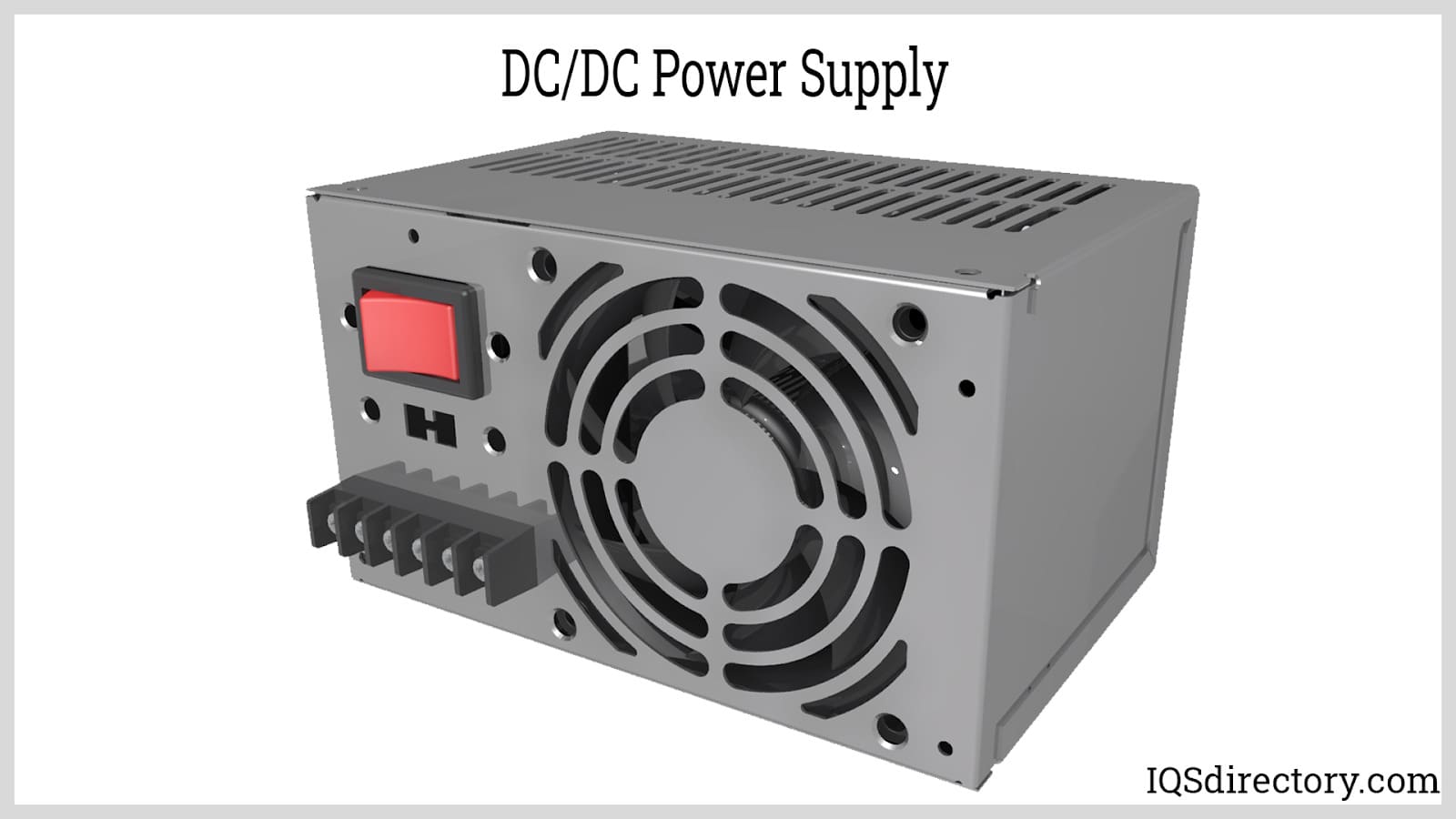
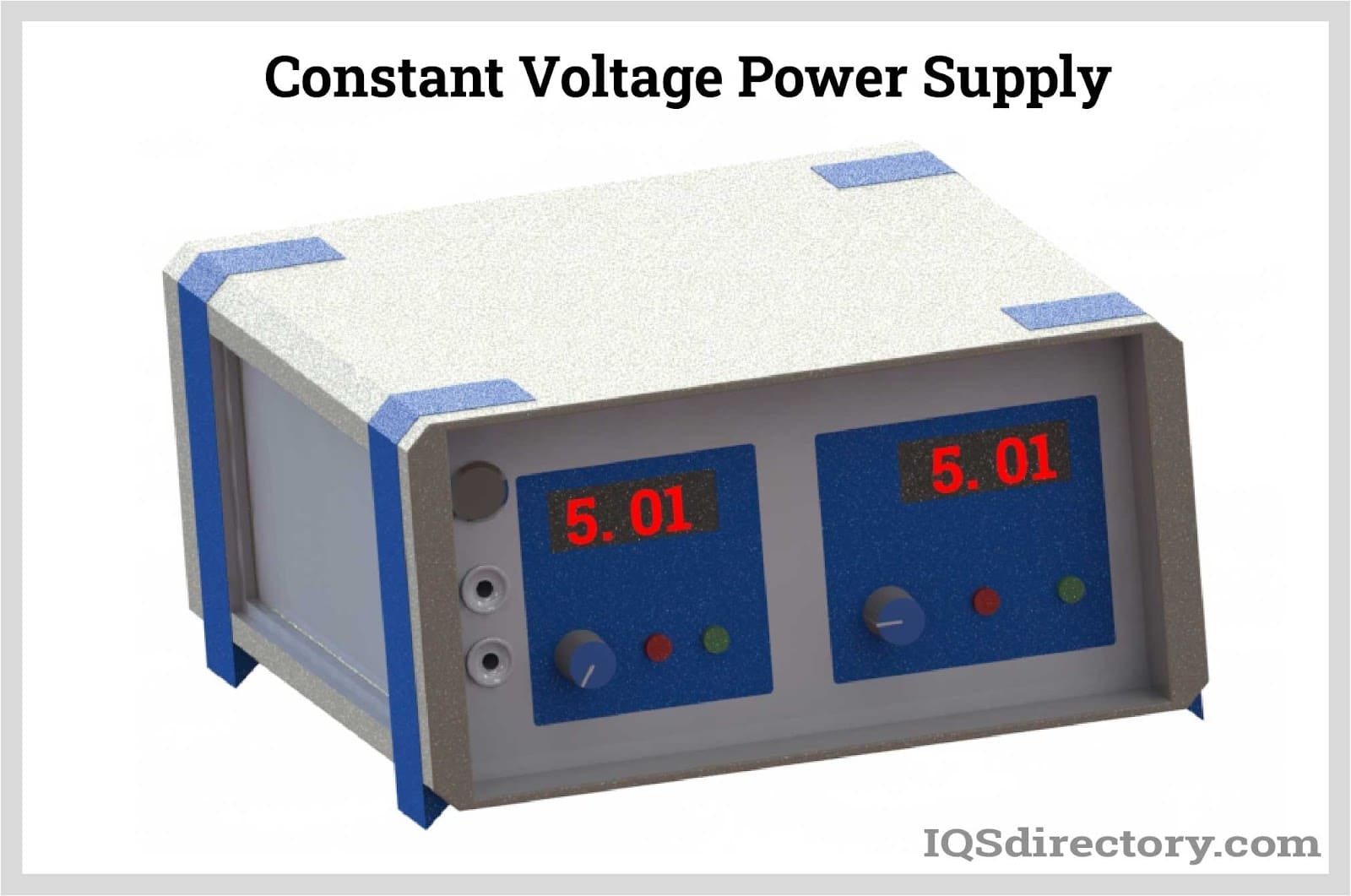
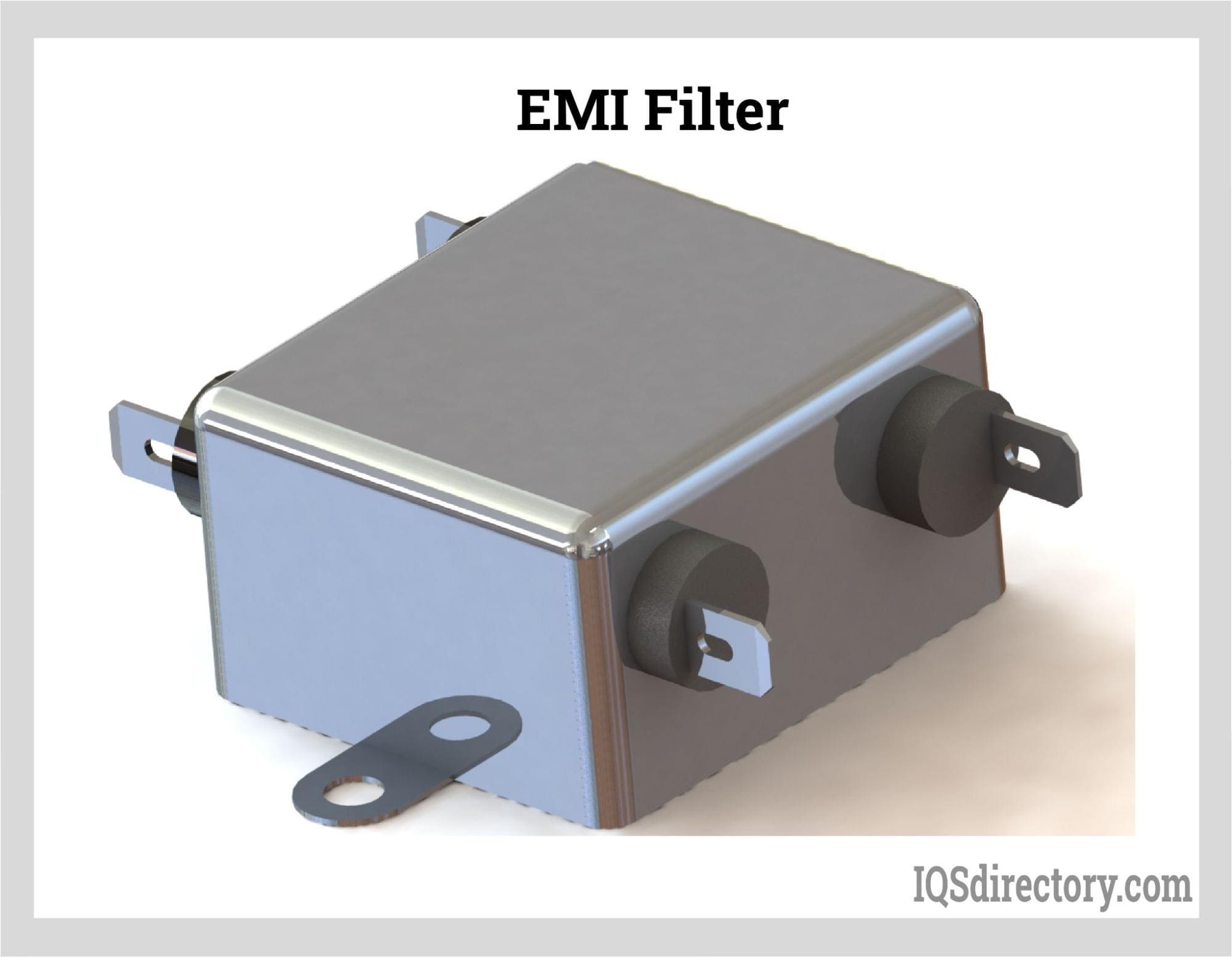
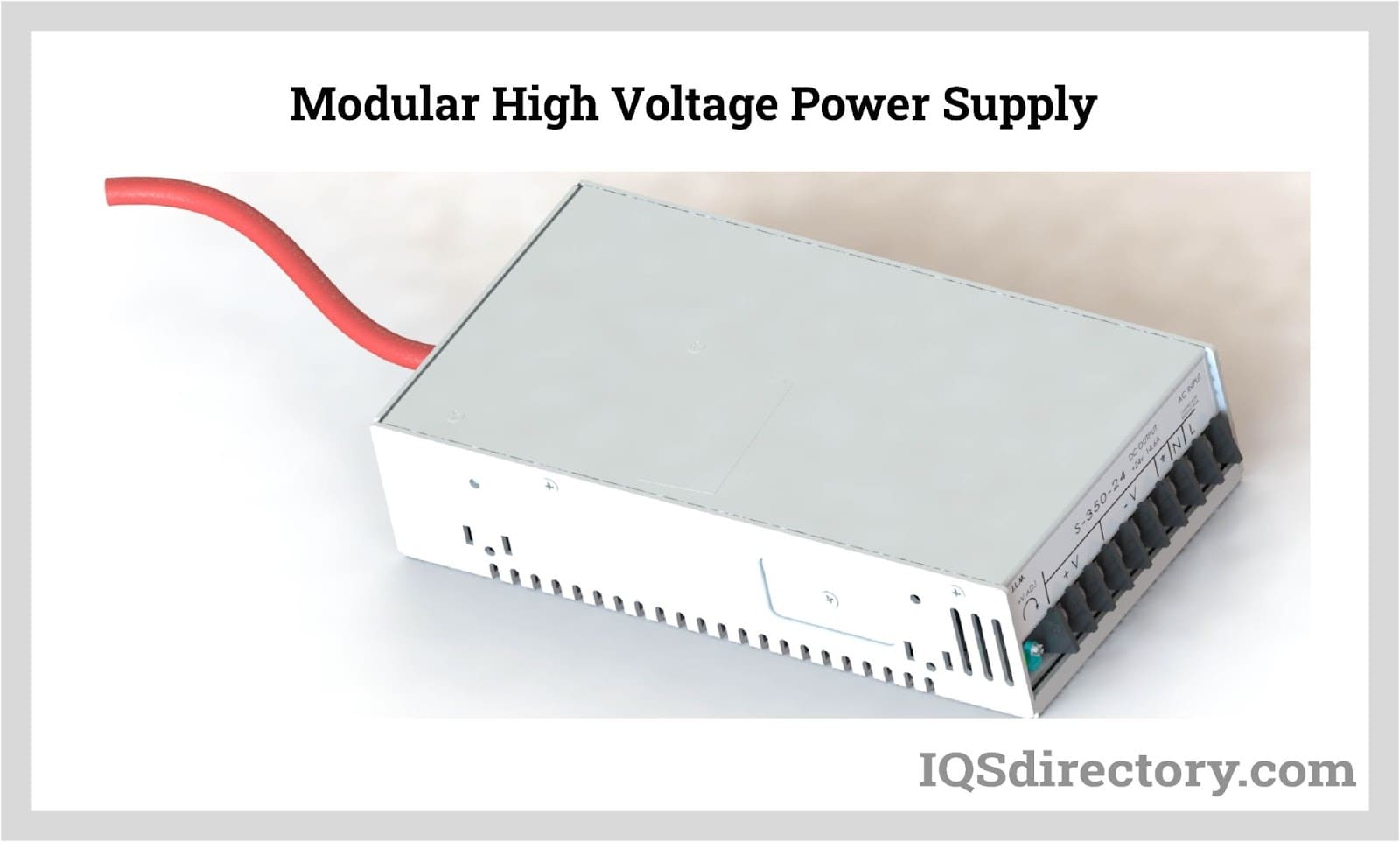
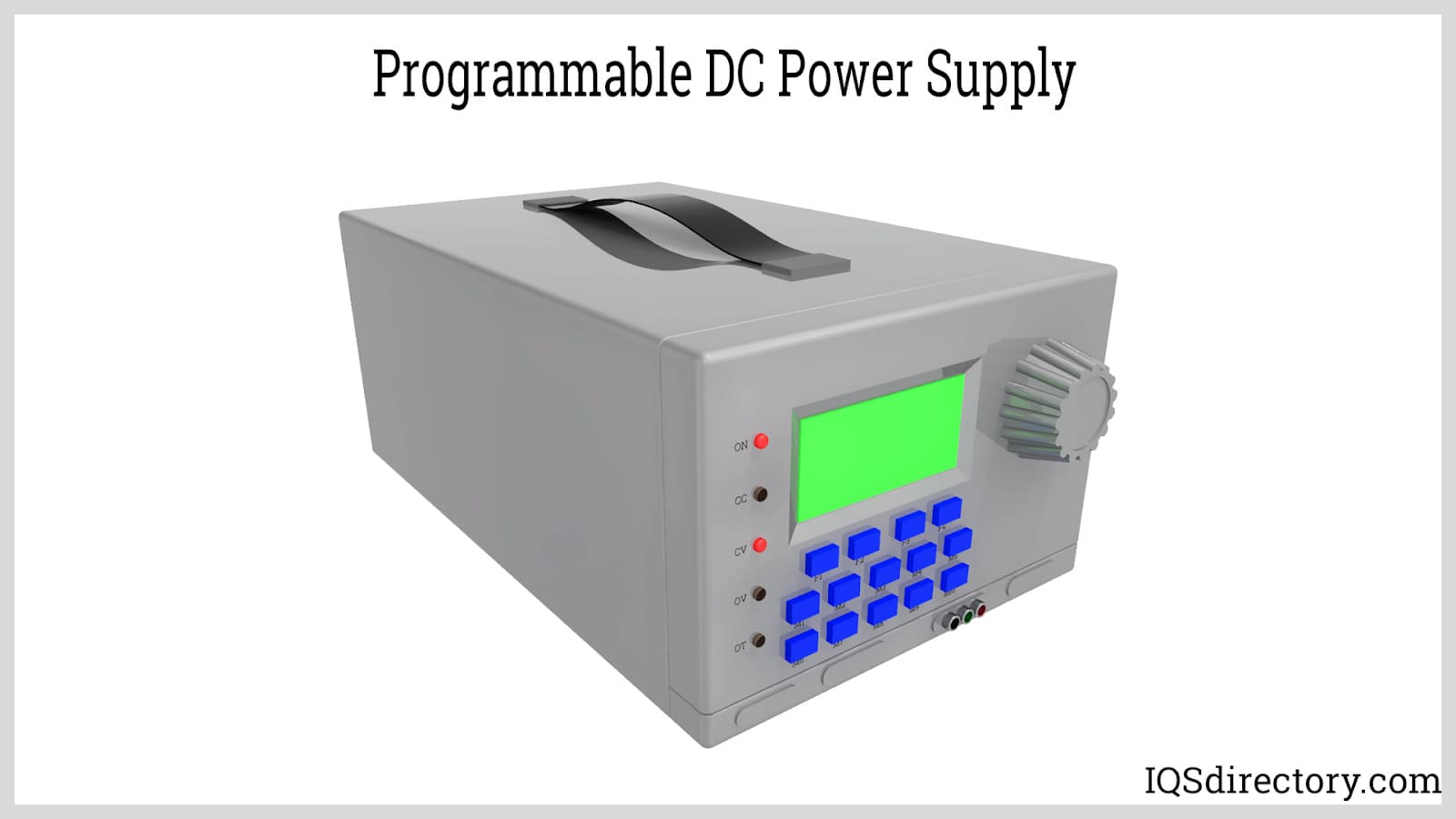
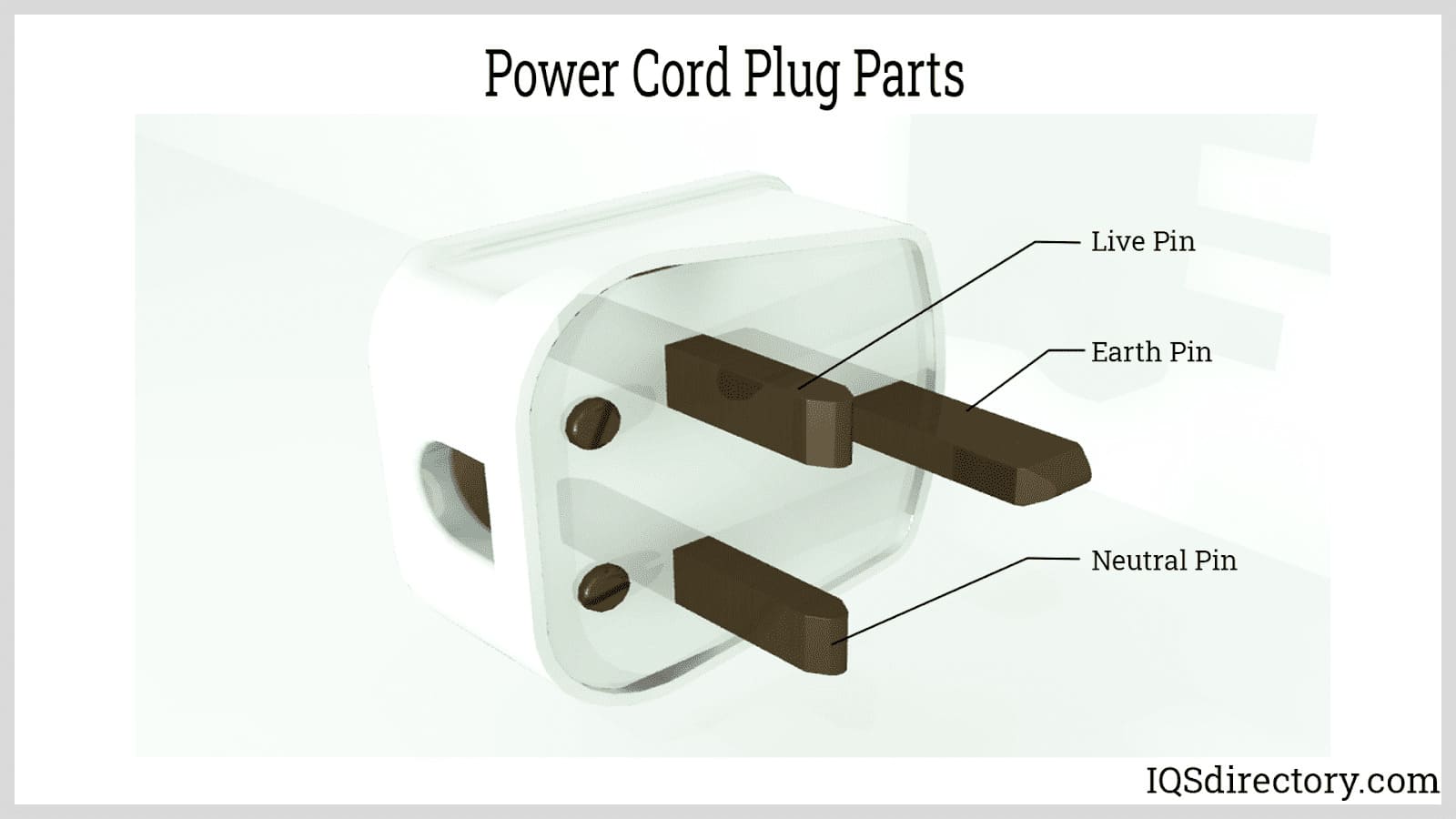
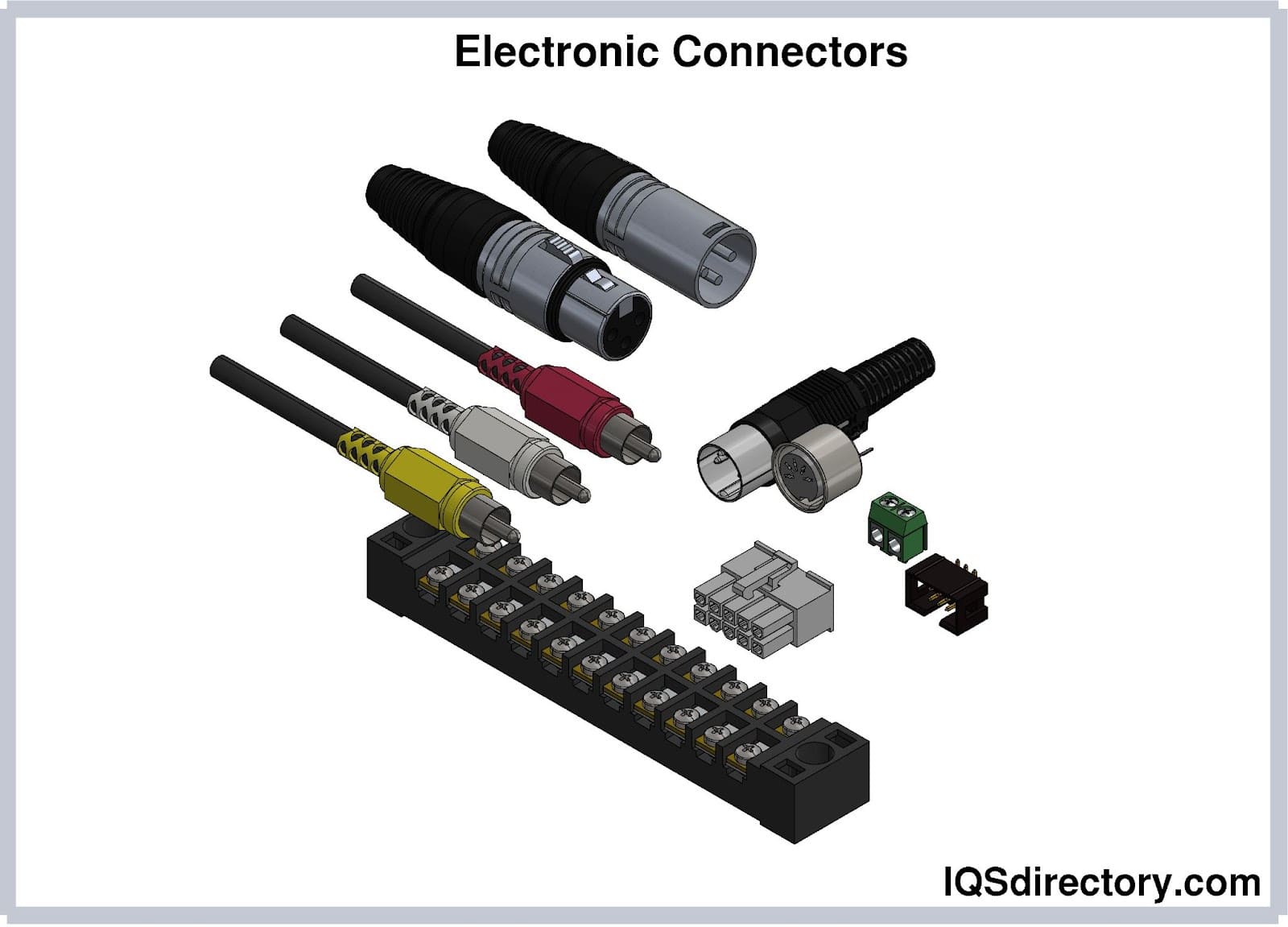
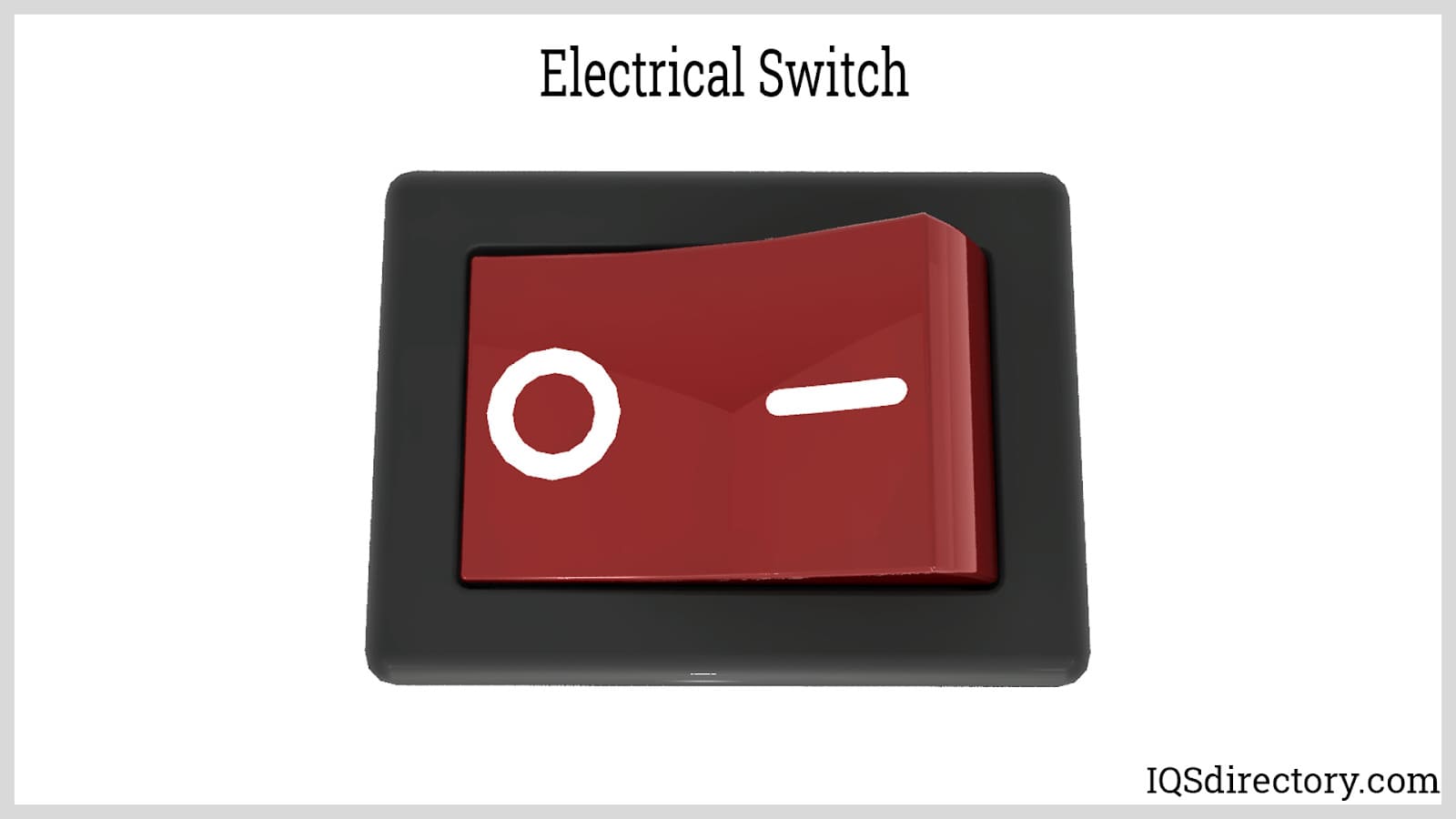
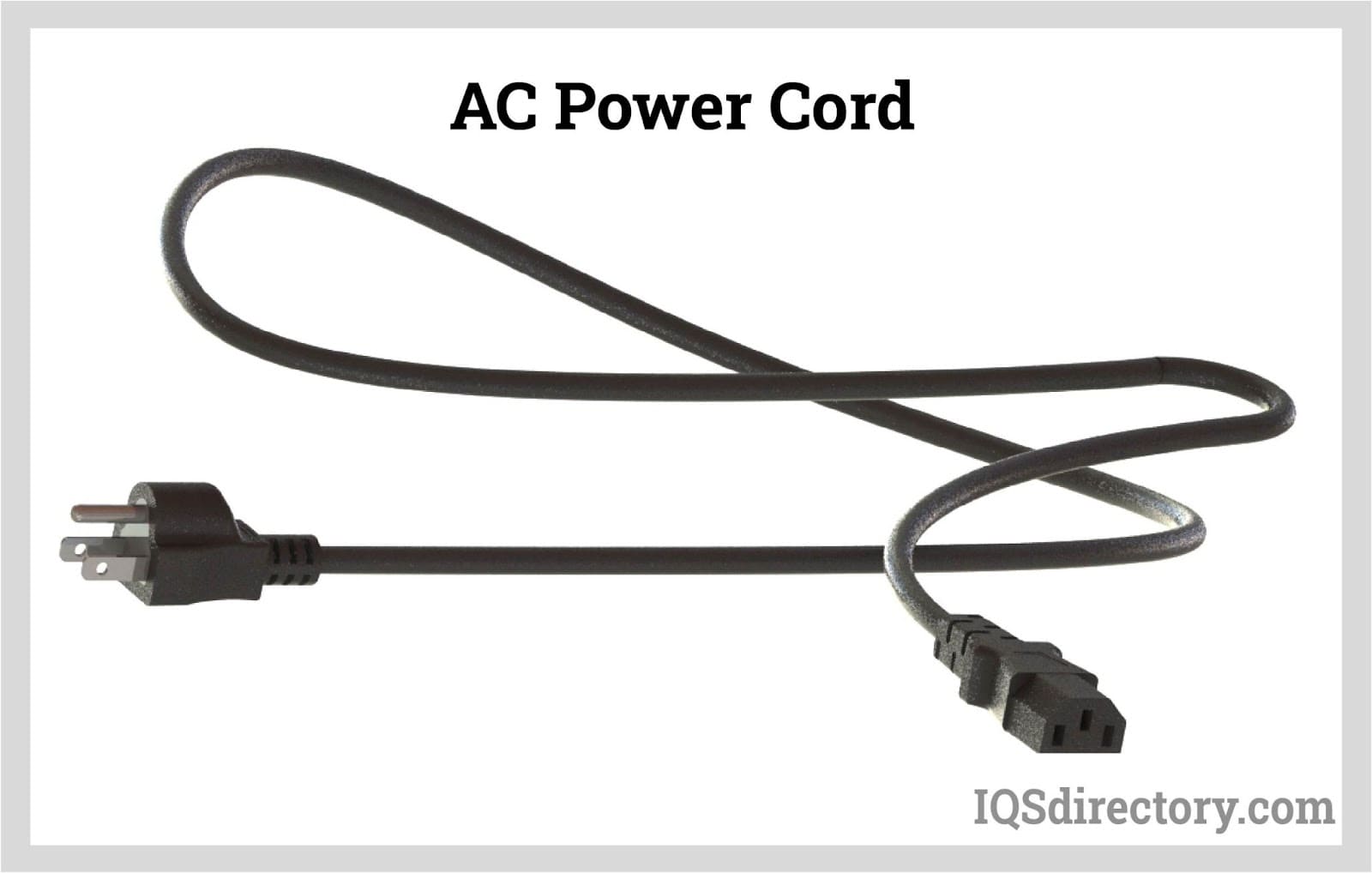
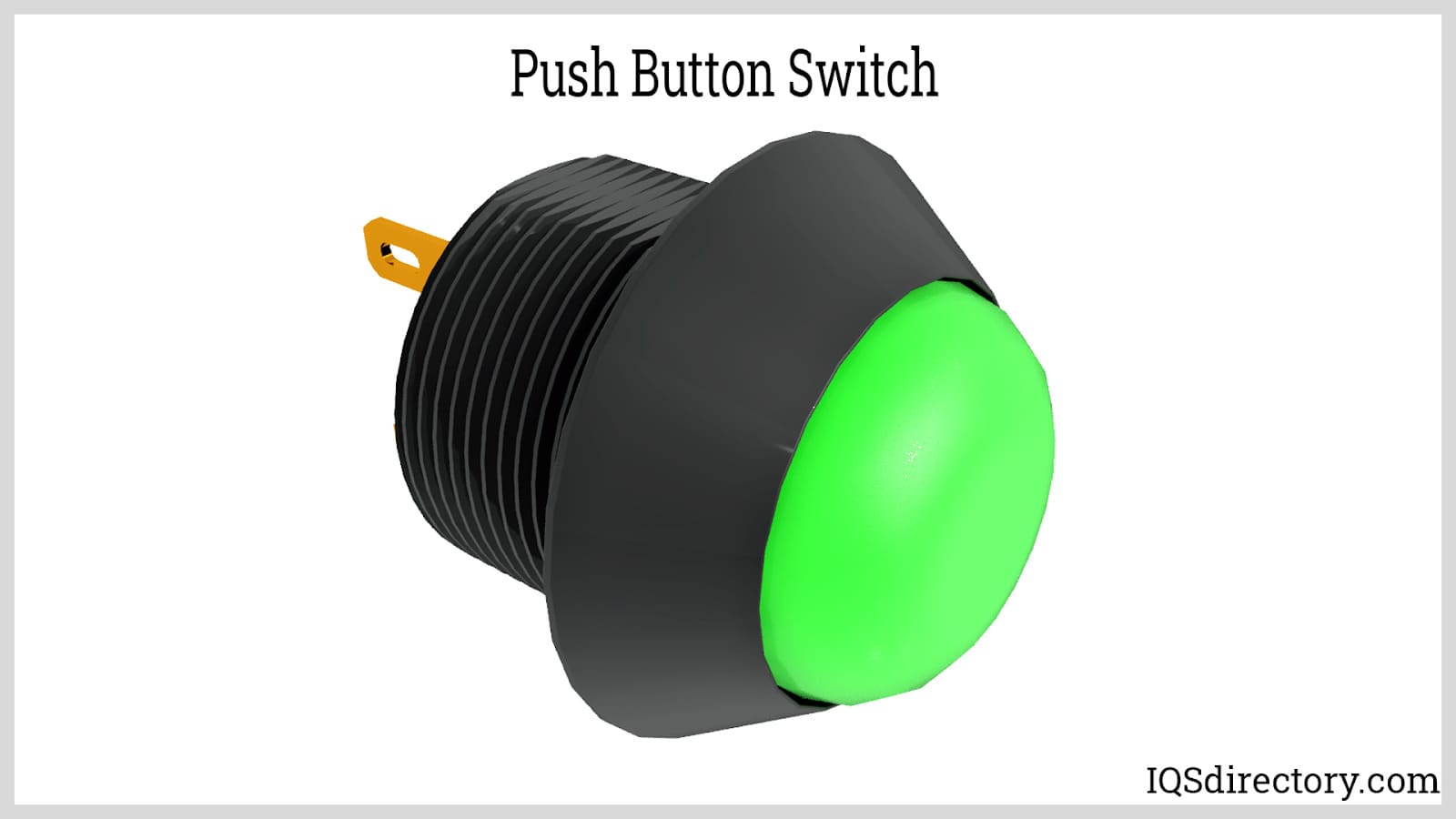
 Electric Coils
Electric Coils Electric Switches
Electric Switches Electric Transformers
Electric Transformers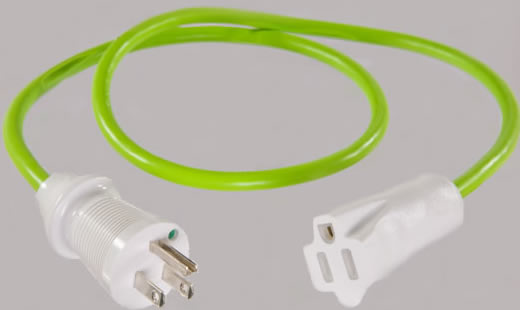 Electronic Connectors
Electronic Connectors Electronic Enclosures
Electronic Enclosures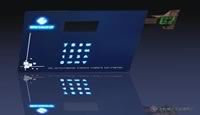 Membrane Switches
Membrane Switches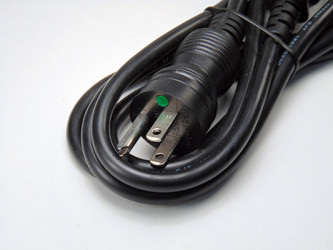 Power Cords
Power Cords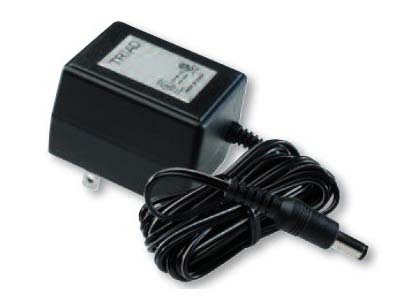 Power Supplies
Power Supplies Castings & Forgings
Castings & Forgings Bulk Material Handling
Bulk Material Handling Electrical & Electronic Components
Electrical & Electronic Components Flow Instrumentation
Flow Instrumentation Hardware
Hardware Material Handling Equipment
Material Handling Equipment Metal Cutting Services
Metal Cutting Services Metal Forming Services
Metal Forming Services Metal Suppliers
Metal Suppliers Motion Control Products
Motion Control Products Plant & Facility Equipment
Plant & Facility Equipment Plant & Facility Supplies
Plant & Facility Supplies Plastic Molding Processes
Plastic Molding Processes Pumps & Valves
Pumps & Valves Recycling Equipment
Recycling Equipment Rubber Products & Services
Rubber Products & Services